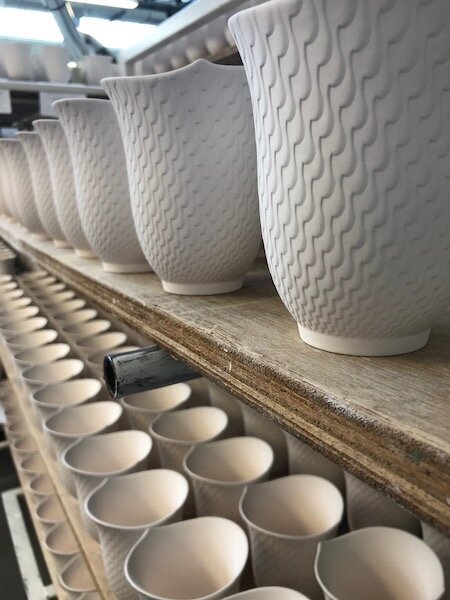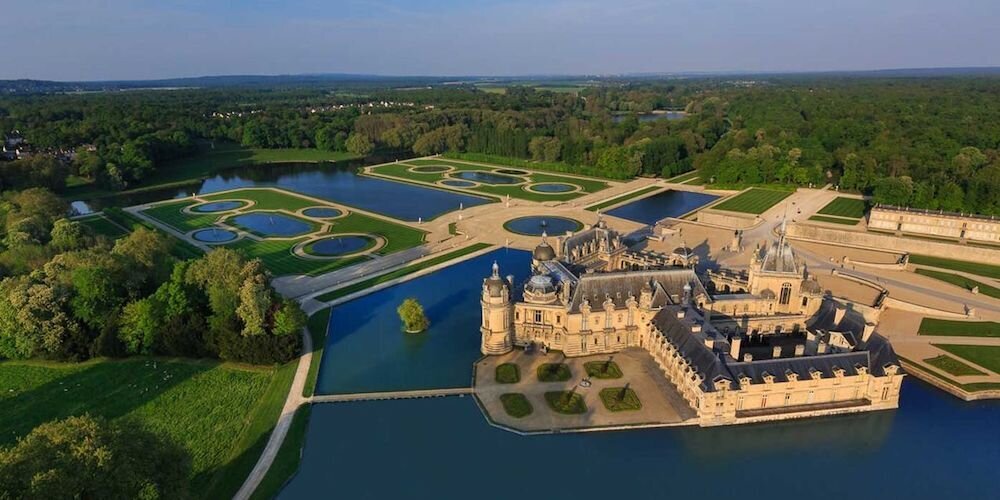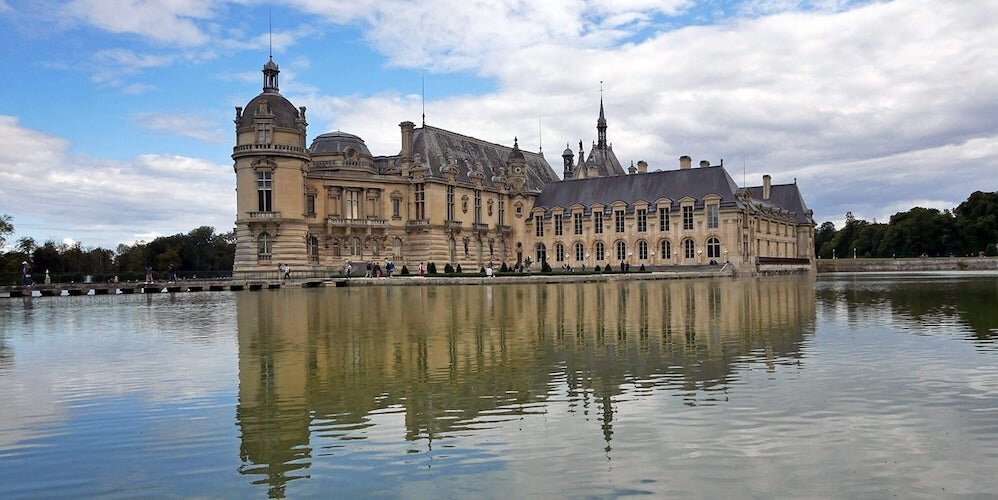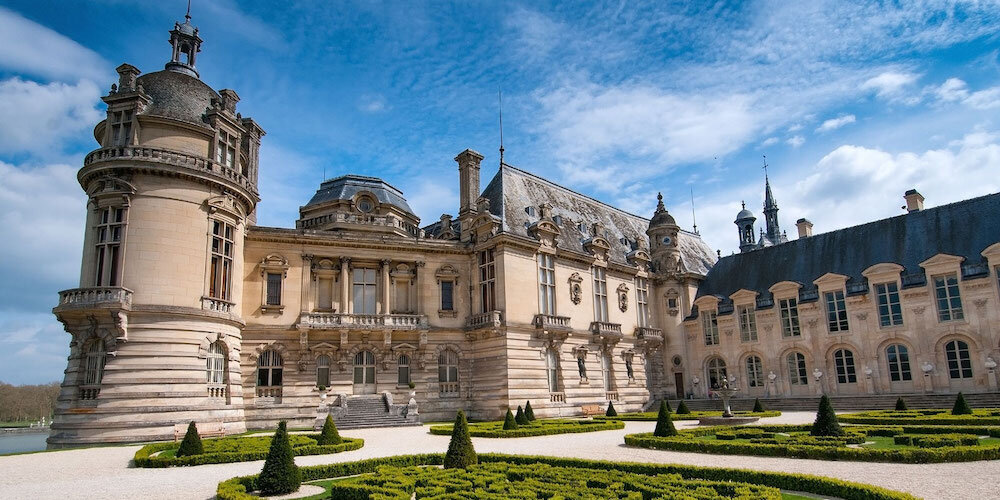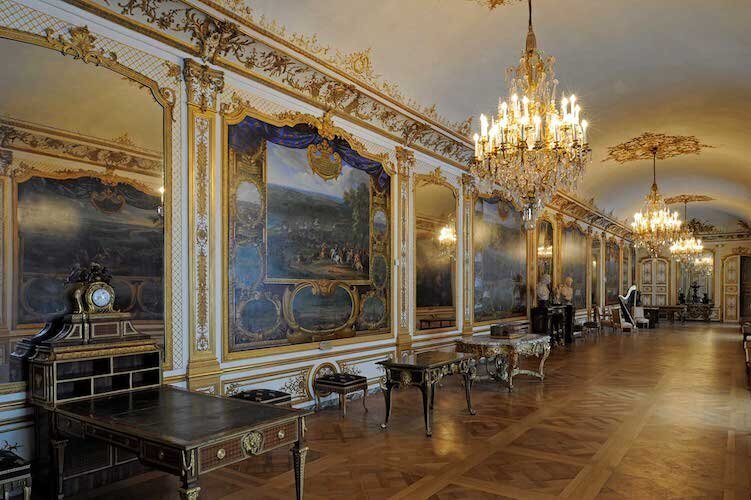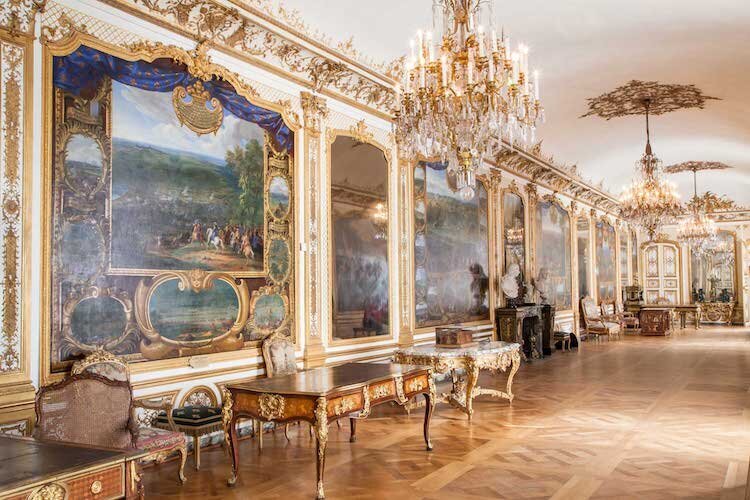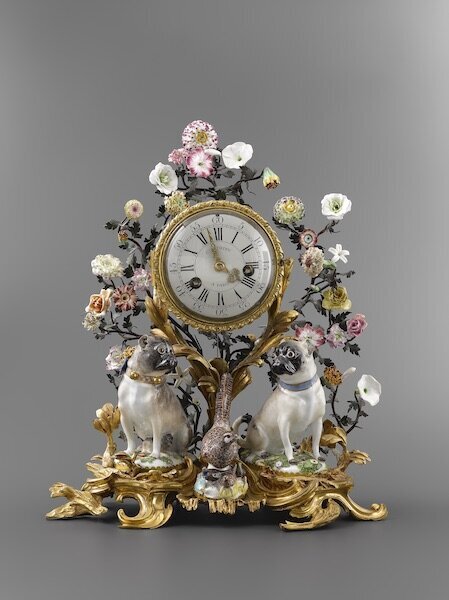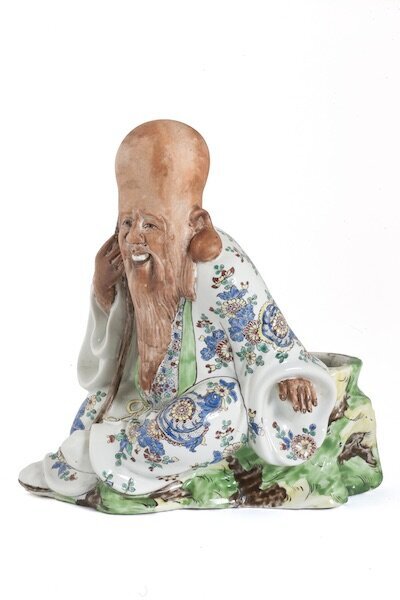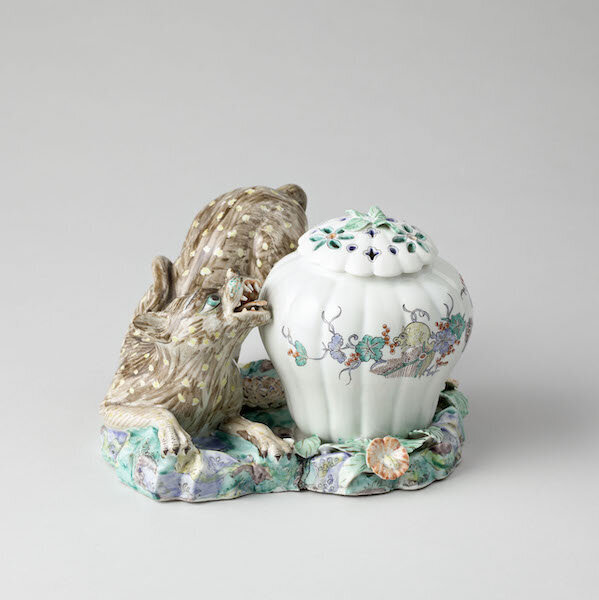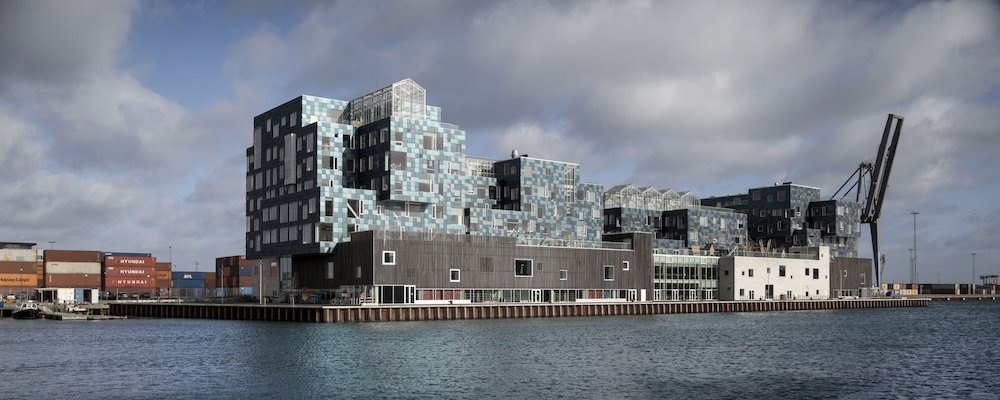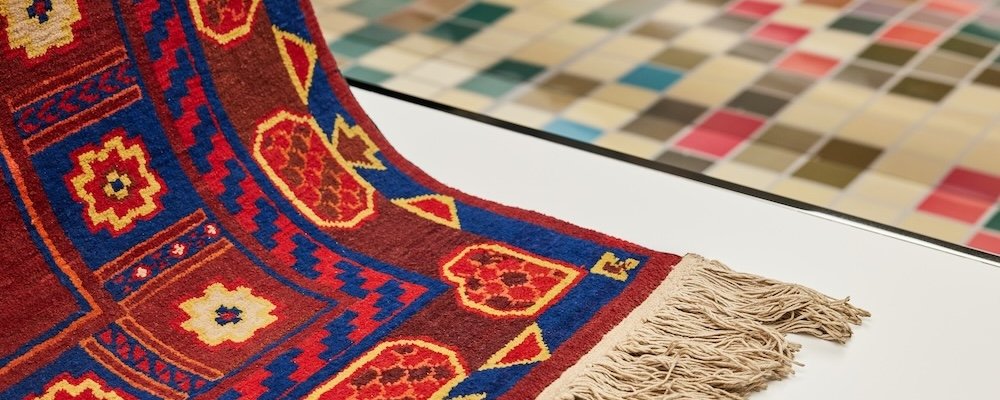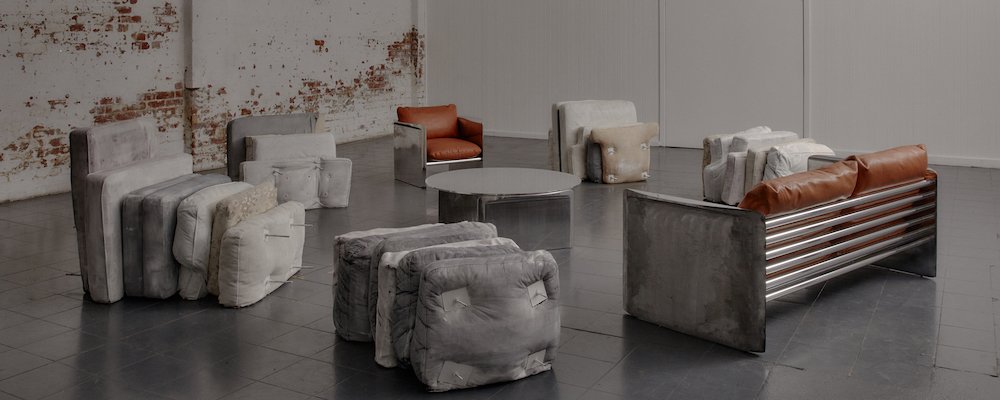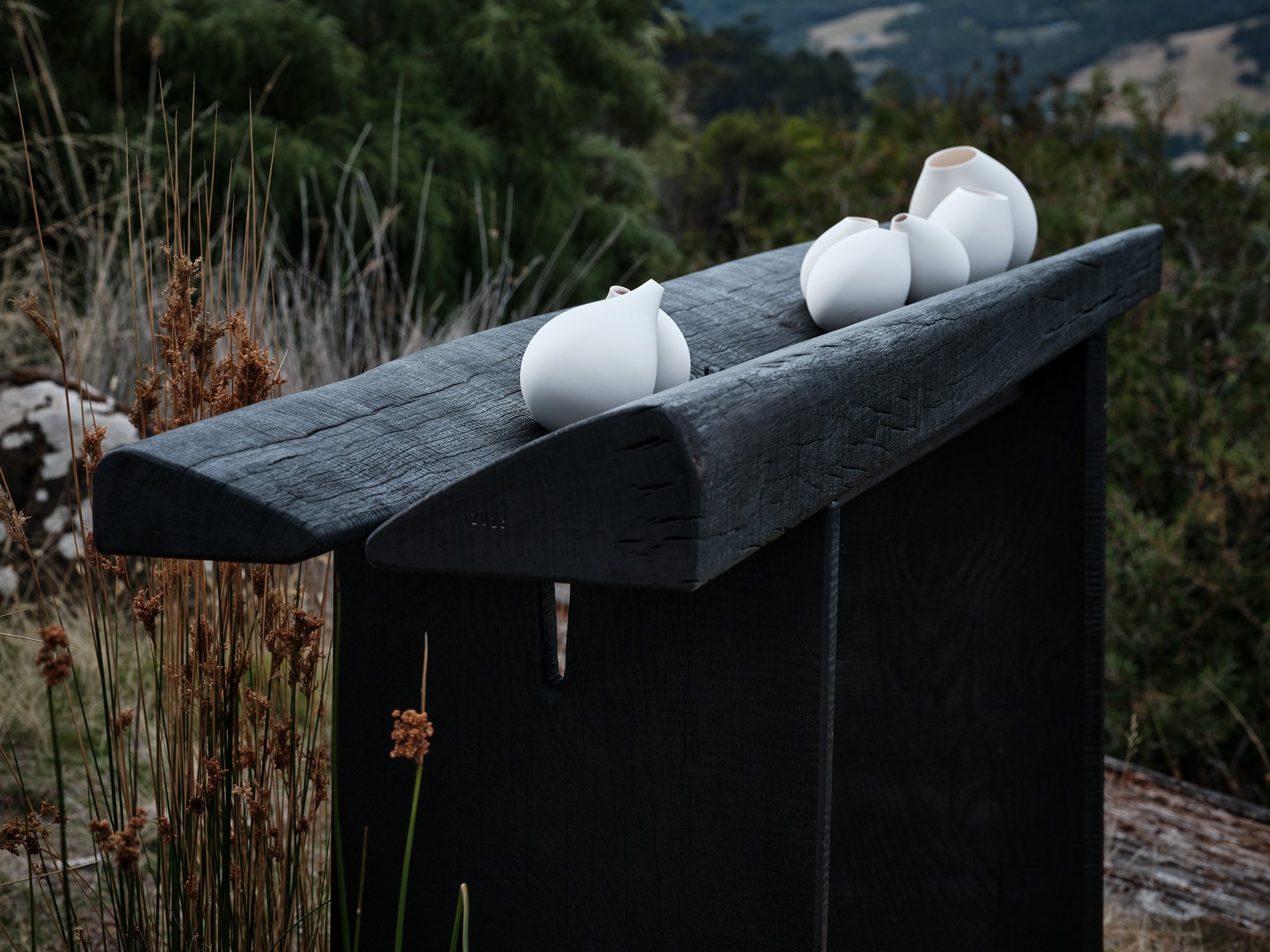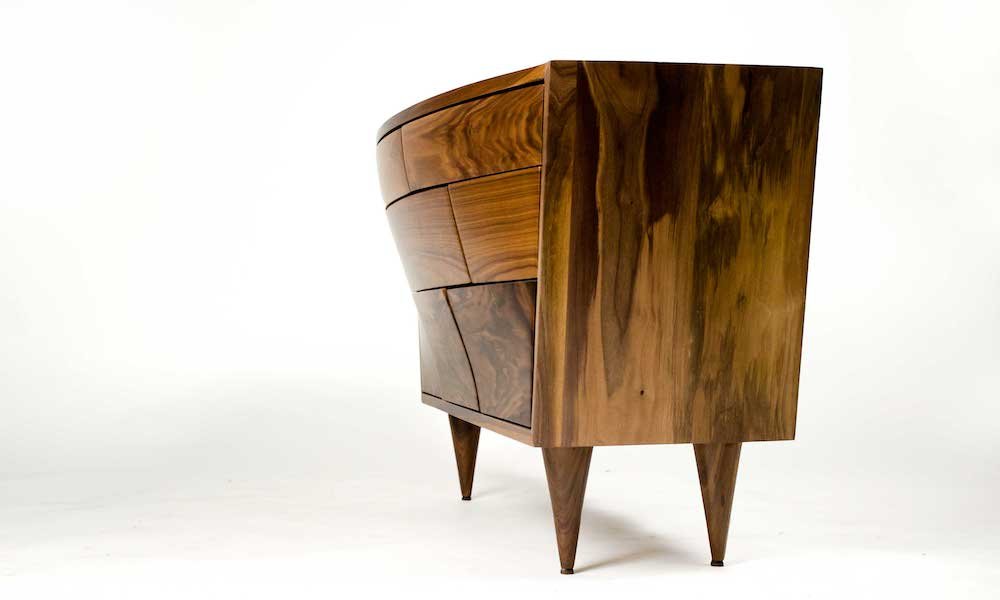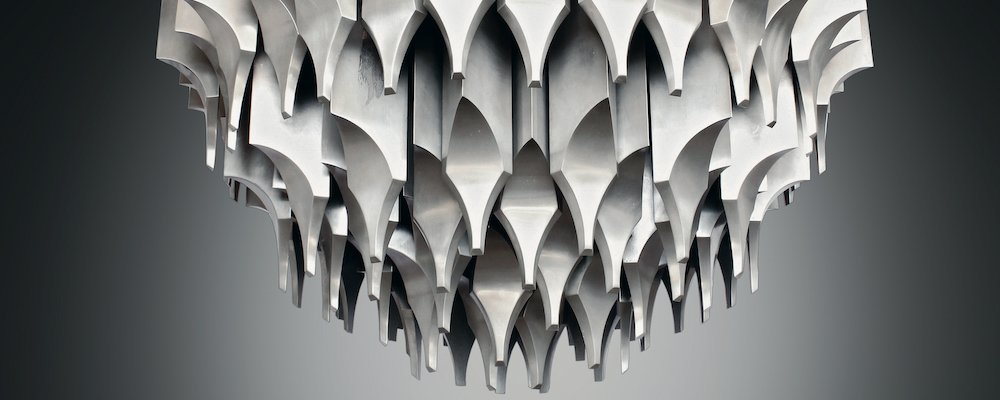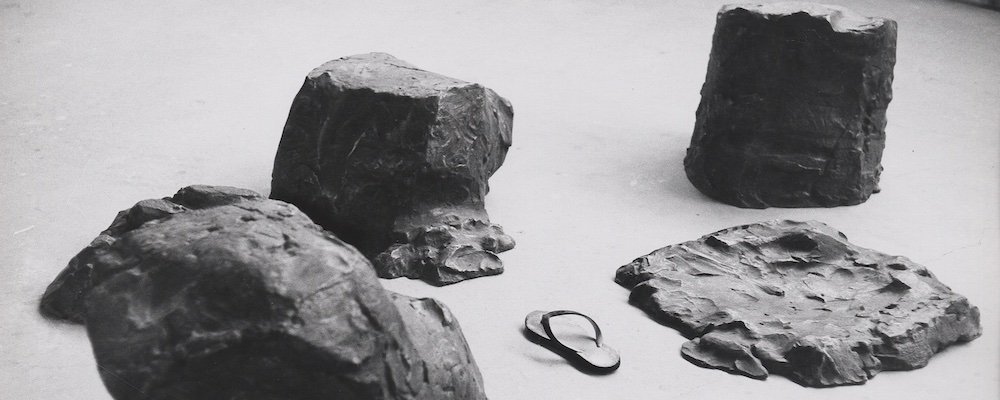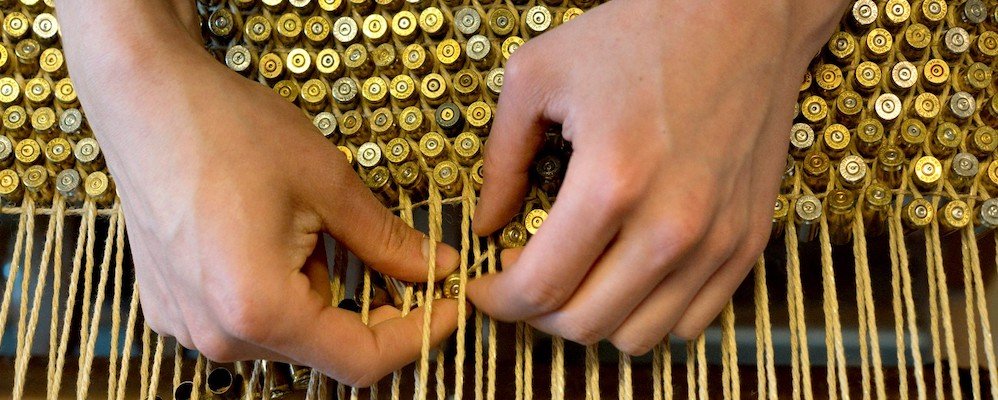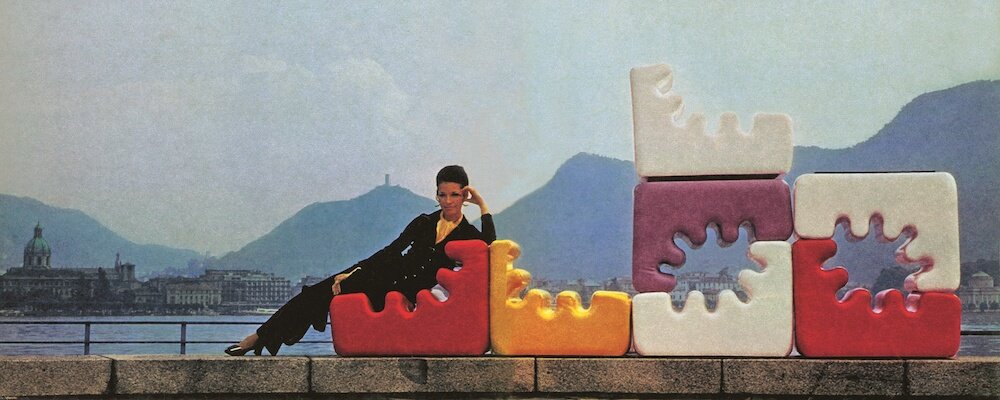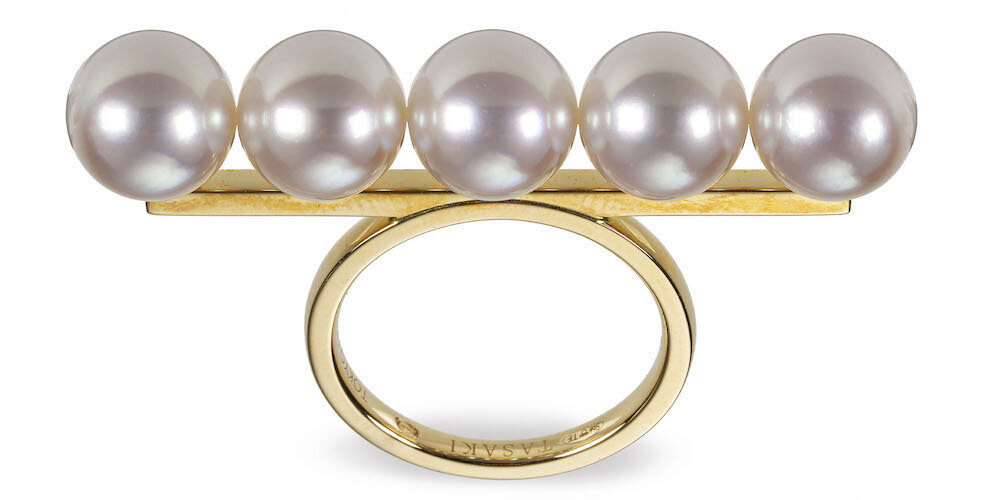The Extravagance Factory: Meissen and Chantilly Porcelain
Soft power is nothing new… In the 18th-century, two powerful personalities pushed the boundaries of creativity and techniques of their respective houses to conquer the best tables of Europe. Now, and for the first time, Meissen and Chantilly are presented side-by-side, in an exceptional exhibition staged by Peter Marino. Magnifique ! Wunderbar !
The 18th-century was marked by the race for porcelain, then considered as a form of “white gold”. Two princes, Augustus the Strong, Elector of Saxony and King of Poland, and Louis-Henri de Bourbon, Prince of Condé and prime minister to Louis XV were great admirers of ceramics imported at great expense from the Far East. They, in turn, wanted to create their own manufactories in order to compete with productions from Asia and hence affirm their prestige, while also satisfying their passion.
This is the little-known story of two of the most important porcelain manufactories of the first half of the 18th-century, those of Meissen and Chantilly, that will be told at the Domaine de Chantilly from 5 September 2020 to 3 January 2021.
My visit to Meissen
In April 2018, at the end of Salone del Mobile, I had the chance to visit the Meissen Manufactur. An exceptional private visit to meet the artisans, follow their meticulously precise works and learn more about the history of Meissen.
Domaine de Chantilly
The Château de Chantilly is one of the finest jewels of France's cultural heritage. It is the work of a man with an extraordinary destiny: Henri d’Orléans, Duke of Aumale, son of the last King of France, Louis-Philippe. This prince, who is considered to be the greatest collector of his time, made Chantilly the showcase for his countless masterpieces and precious manuscripts. It is the second largest collection of antique paintings after the Louvre.
The Extravagance Factory exhibition
For the first time, a large-scale exhibition creates a dialogue between productions that marked the decorative arts of the Age of Enlightenment. Organised within the prestigious Grand Apartments of the castle, themselves dating from the 18th century, and served by a spectacular scenography by Peter Marino, it allows you to admire pieces of rarely achieved technical virtuosity and sumptuousness matching the lightness of the century of the art of living.
The rarity, the exoticism of their forms and their decorations, the translucency and the purity of their whiteness ranked porcelains among the most sought-after objects of amateurs of the first half of the 18th century. The exhibition will showcase some of the finest examples of Asian porcelain collected by Augustus the Strong, still preserved in Dresden. Likewise, for the first time, the most beautiful Chinese and Japanese porcelain present in Chantilly until the French Revolution will return to the castle, in the very places where the prince tastefully arranged them!
The two collector princes did not stop there and in turn wanted to create their own factory. Meissen was thus the first factory to produce hard paste porcelain outside of China and Japan, as early as 1710; Chantilly soft porcelain factory was created in 1730.
The aesthetic developed by Meissen and Chantilly was resolutely turned towards the Far East: these manufactures played a leading role in promoting the development of chinoiserie in the decorative arts. Porcelain, an exotic material par excellence, was one of its main vectors. In Chantilly as in Meissen, it was particularly to Japanese productions in the so-called Kakiemon style that should be referred to, with stylized Japanese motifs, arranged without symmetry or perspective, highlighting the whiteness of the porcelain.
A spectacular scenography
The Château de Chantilly retains the unique decor in France of the apartments of the Prince de Condé who created the Chantilly factory.
It is in these rococo rooms, with white and gold woodwork, that the porcelain will be exhibited, on first-rate period furniture, as in the days of the princes.
Visitors will be invited to an immersive visit experience, to discover, or even learn to appreciate, pieces that take on their full meaning in their original presentation environment.
The great New York architect Peter Marino put all his creativity to serve this ambition by imagining an extravagant scenography, inspired by period presentation devices. Throughout his prolific career, he commissioned over 300 ceramic pieces. He is the scenographer of the Zwinger Porcelain Museum in Dresden and also collects porcelain and ceramics.
Thanks to loans from national and international museums, and a large number of exceptional pieces from private collections, the exhibition, moreover one of the few ever devoted in France to the extraordinary production of the German manufacture in Meissen, will allow you to rediscover treasures of art and technique, and to immerse yourself in a world as extravagant as it is refined.
The Extravagance Factory: Meissen and Chantilly porcelain at the Domaine de Chantilly from 5 September 2020 to 3 January 2021.



